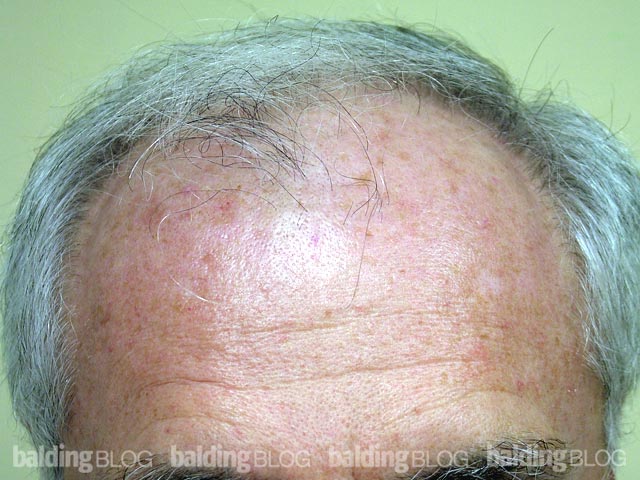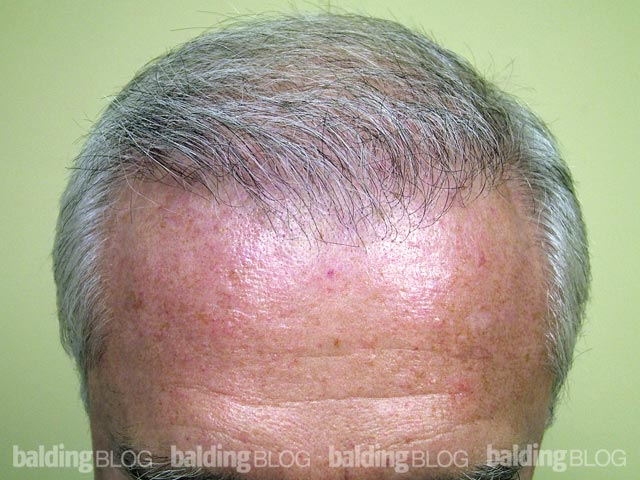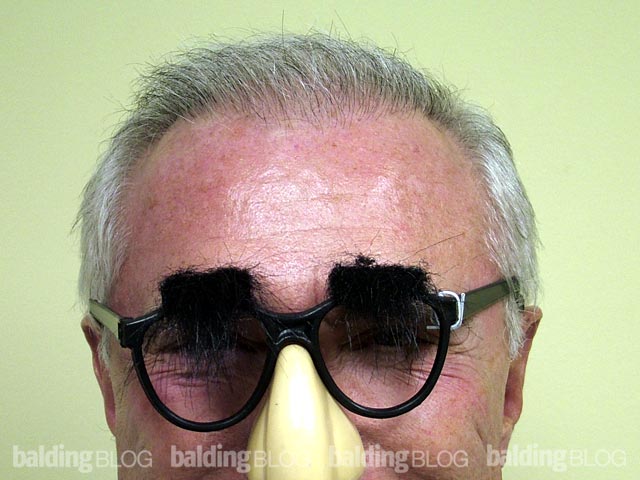The idea of a Megasession frankly scares the hell out of me. I am an executive of a large company and fairly bald. I want to keep my vanity problems to myself. If I have a Megasession, how long will it take me to look normal so that I can go back to work. Will everyone ask me where all of the hair care from?

The healing is best answered by looking at two patients with megasessions. The photos here on the left and middle are of Patient A (3,628 grafts) immediately after the procedure; the photo on the right is Patient B (4,676 grafts) one day after his procedure.
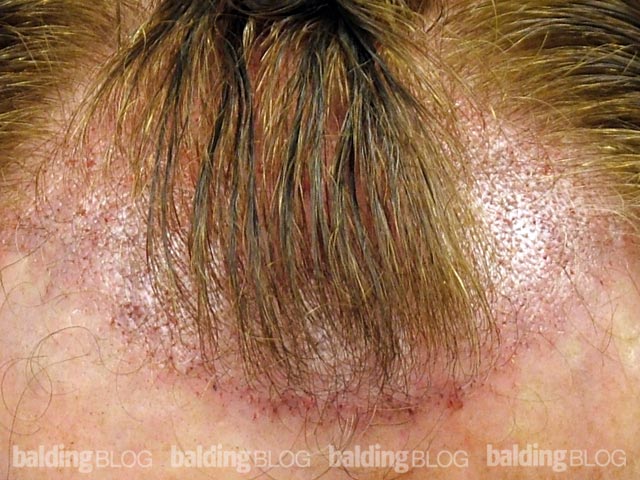
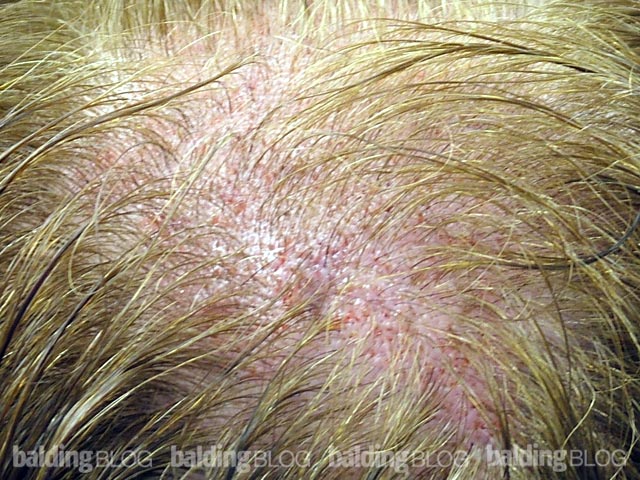
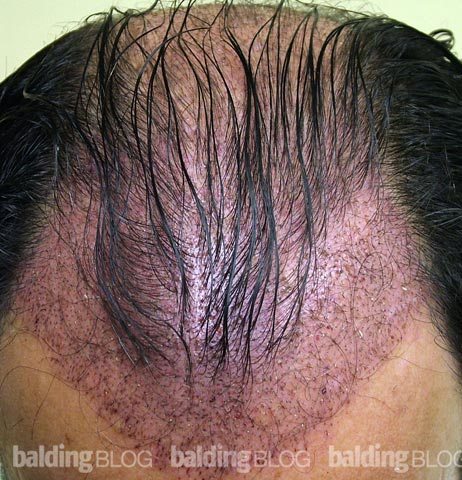
Most patients will have no sign of a transplant within a week or so. Some will have no sign of a transplant in a day or so. There is a difference in the way we heal, but with that said, today’s good clinics use very small needles so that the “tracks” of a transplant heal with amazing speed. I tell the patients that they can resume full activities in 5 days (except for heavy lifting, sit-ups and body presses). I have had one patient enter a 120 mile bike race on the 5th post operative day.
The average patient returns to a normal look in about a week, then the hair stubs that are there fall out and by the 3-4th week, most patients look totally like they did the day before their hair transplant. Then in 2-5 months, the hair starts to grow, very insidiously. It is rarely picked up by anyone, even by those who sees the patient daily, much like watching a child grow (never sees it happen). The two examples shown above are two different examples, one with some hair (Patient A) and one almost completely bald (Patient B) except for hair in the middle of his head. A famous celebrity (who shall remain nameless), told me that after his hair transplant, everyone knew something changed, but no one, not one single person pegged the hair as the cause of his change. He was 48 years old when I did his hair transplant and people thought he had a face lift because he looked so much younger. He told everyone he just lost some weight after working out a bit more and no one questioned that.

